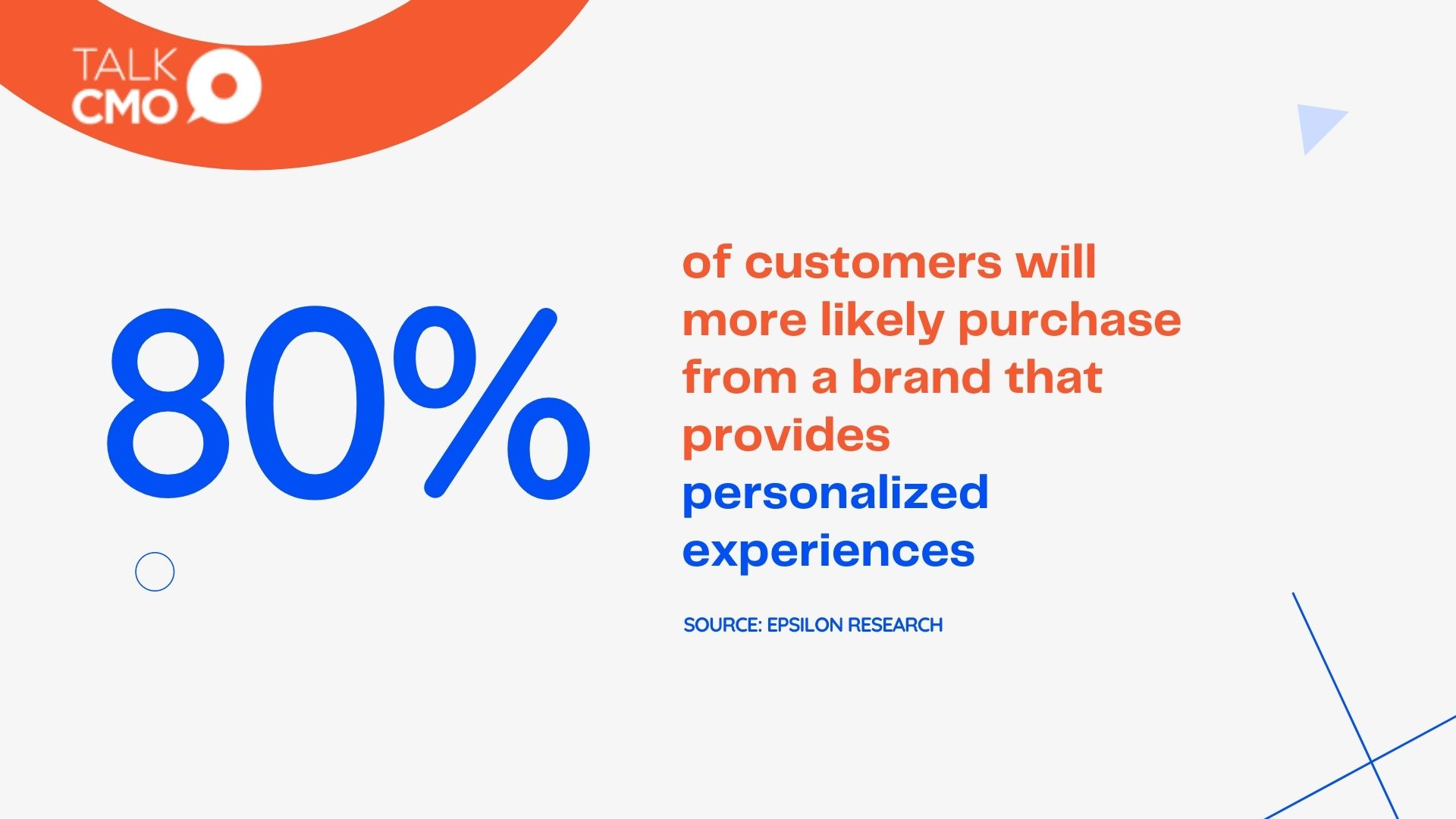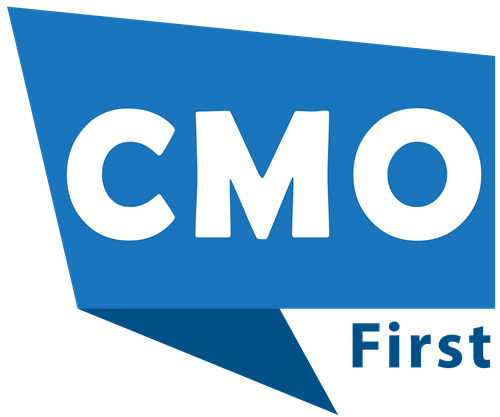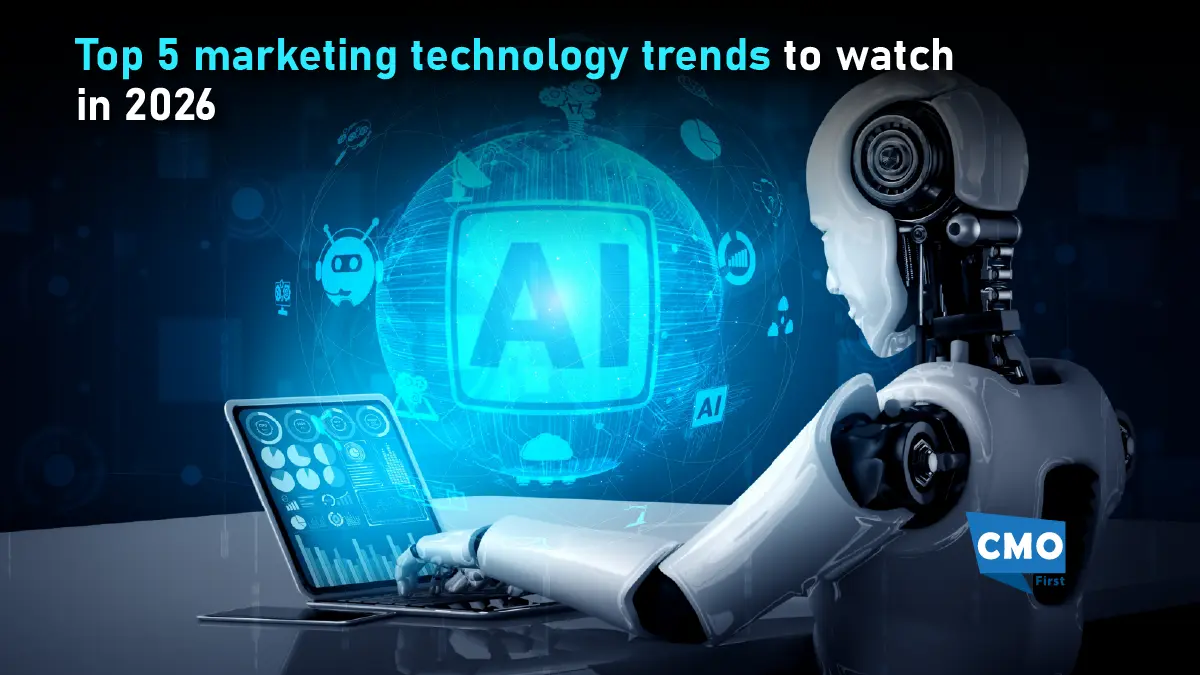From slumping sales, changing distribution and delivery methods to completely redeveloped business models, 2020 was indeed a challenging year for CMOs.
According to the 2020 Digital Transformation Index, 62% of businesses reevaluated their operational models due to the global pandemic. But, 70% of these respondents were found to be excited about the opportunity the pandemic provided.
There are multiple challenges and opportunities for CMOs in 2021. To narrow it down, here are a few trends for CMOs to keep pace with in the post-pandemic world.
Prioritize Channels of Communication
With technology involved today, businesses can now accomplish the same goals in myriad ways. Plenty of new channels are available to get in touch with the customers, including the growing voice and audio space that is driven by the evolution of natural language processing. Furthermore, every communication channel represents a new flow of data that is beneficial for CMOs to communicate with their customers and learn more about consumer behavior.
Also Read: Ways B2B Marketers can make the most out of Natural Language Processing (NLP)
This year’s most significant opportunity for CMOs is to find the right martech stack to boost these channels and the data they are able to pull out from them. This incorporates every detail right from what and how data is stored, tools that manage and enhance the data, and the visualization and application of this data. It may seem like a daunting task, but it is achievable, especially, with many global technology leaders building technology and integration to make it happen.
2021 will be the year where CMOs will be seen connecting beyond their desk, department, and company to build partnerships to achieve higher ROI.
 Adopting Digital Technology
Adopting Digital Technology
One thing that 2020 taught businesses was that digital has the potential to keep several industries afloat. The real challenge arises when CMOs have to assess how much of a role digital will play once physical spaces are fully reopened and customers feel safe entering them. Therefore, it is advised that CMOs should focus on digital and understand consumer behavior to boost online sales to the advantage of physical experiences and services. However, solutions will differ from business to business and customer to customer.
Focusing on the Genuine Buyers
According to research by Epsilon, 80% of customers will more likely purchase from a brand that provides personalized experiences. However, there are still several shopping and buying experiences that aren’t personalized. Most customers today want personalized service, but they have to be satisfied with sub-par service if that’s all they have access to.
Also Read: Top Customer Retention Strategies for B2B Enterprises
The above-mentioned 80% who seek personalization represent some scope of opportunities for CMOs to figure out how businesses can approach data and technology to achieve greater personalization. In 2021, CMOs are under tremendous pressure to find the best way for their company to stand out from the typical mediocrity of most personalization as it currently stands. Artificial intelligence, customer data platforms (CDPs), and advanced analytics can be beneficial in gaining insights into individual customers like never before.
In reality, the role of a CMO is tedious and requires enormous empathy and patience to deal with customers and oneself. In post-pandemic times, CMOs must have a robust strategy in place for survival as 2021 and beyond will be full of wonders, and some of them great opportunities.






















Leave a Reply